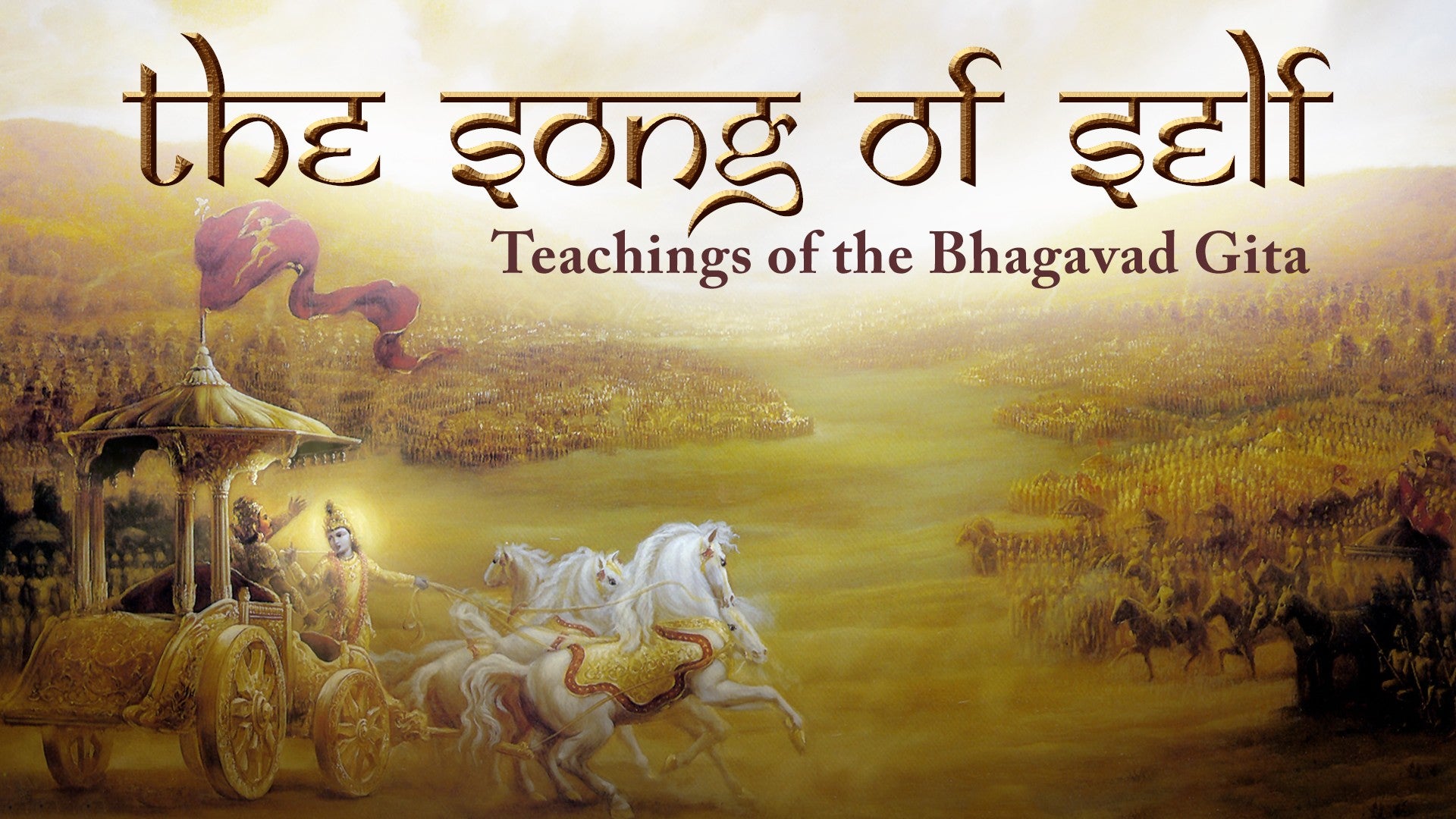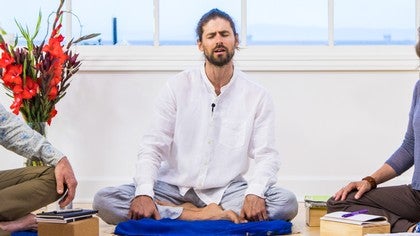Description
About This Video
Transcript
Read Full Transcript
So Krishna says, if you get to that state that's so steady, that even when you hear contradictory statements, you won't be shaken. You'll be able to remain in that integrated, centered state, then you'll attain yoga. This prompts Arjuna to ask a question. So having heard about this very steady, centered yogin, Arjuna says, Stita Pragyaasya. So Stita Pragya means one who is steadily established in that state of wisdom. And this term of the Stita Pragya yogin will be used several times now in the coming verses to describe the established yogin.
And Arjuna asks, okay, Krishna, you've described this one who is in the state of yoga. So the Stita Pragyaasya, of that one, of such a person who is steadily established in that state of integrated awareness, Kaabhasya, how is that person's speech? Krishna, one who is established in samadhi, one who is steady. Kaabhasya, how is that person's speech? Stita Di Kim Prabhasya Ta. How does that person speak? How does that person communicate?
Kima Sita, how does that person sit? How does that person move? So basically Krishna, you've described a person who is in this great state of yoga. How can I recognize such a person? How does that person communicate? What's his speech and his body language like? How does he sit? How does he move? So maybe we can sympathize with Arjuna's question.
He's just described somebody in yoga and Arjuna says, well, how can I recognize somebody like this? Or we could interpret it as, well, how do I need to be if I want to be like that? How is that person's speech? How does such a person communicate with their voice and also their body? How do they move? How do they sit? So what's Krishna going to say? Is he going to say, well, he'll move like a great dancer and he'll speak like a great orator or a great Vedic pundit and he'll sit, I don't know, like a rock steady and what's he going to say?
Nothing like that. So let's find out what he does say. So it's very beautiful what Krishna does say and what he starts to say really because he's now going to answer this question over several verses. But first of all, yadaa, second word, when. Yadaa, when such a person, prajahati, which means basically leaving, abandoning, leaving behind, kamaan, means desires, saravan, all of them, partha, Arjuna, sanapleta, manoogatan, which move through the mind or through this fear of awareness. When a person leaves behind all desires which move through and perturb the realm of our individual awareness and atmani eva atmana tushta ha, then sthita prajasya uchate, then such a person is described as sthita prajya as an established wise yogin.
So what does he say? Atmani eva atmana tushta ha. Some of you may be familiar with this word tushta ha, it means contented, pleased. There's a word which sometimes people have heard potentially in his yoga sutra, he gives these niyamas and one of them is called santoshya. It means to be content, to be happy with what one has. Tushta, pleased, contented. And Krishna says, when an individual human being leaves being perturbed by all those desires which can pass through and agitate the mind and becomes contented, atmani eva atmana. So here we have the word atman in two different cases in the Sanskrit. Atmani, the locative case, atmana, the instrumental case. So when that person becomes atmana, with or by him or herself, atmani, in him or herself, fully contented, then that person can be described as an established yogin.
So beautifully Krishna says that you are the locus and the cause of your own contentment. The yogin knows that right here is everything he or she needs to feel at home, to feel at one. It's up to us, in ourselves, by ourselves, feeling contented, then we can come to that steady state. So what's Krishna really saying in response to Arjuna's question? How does that person sit content in him or herself, by him or herself, independently feeling full, feeling easy, feeling content, that person sits, that's how that person moves. So it's an internal state.
The Song of Self: Bhagavad Gita: Chapter 2
Comments

You need to be a subscriber to post a comment.
Please Log In or Create an Account to start your free trial.








